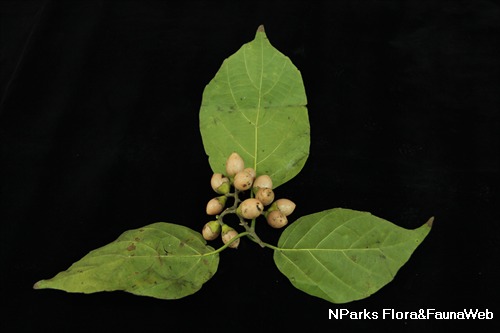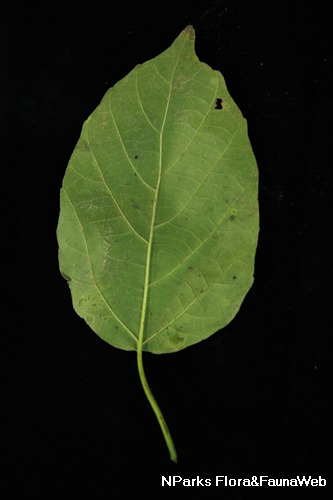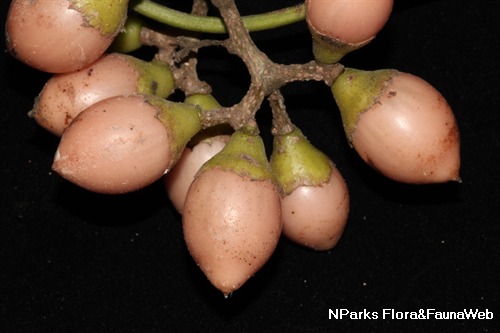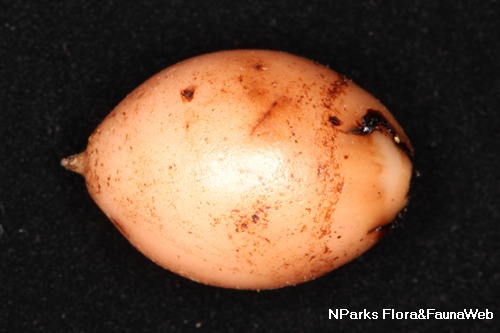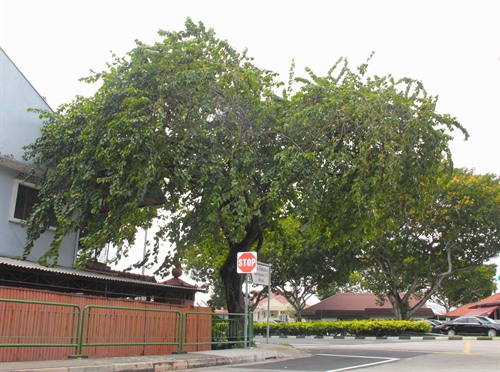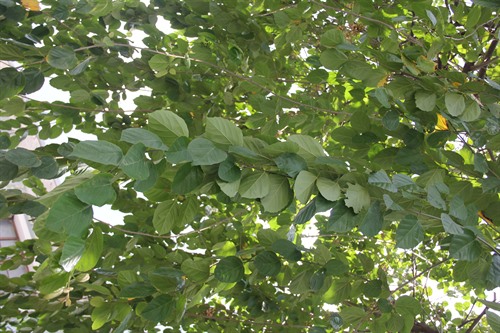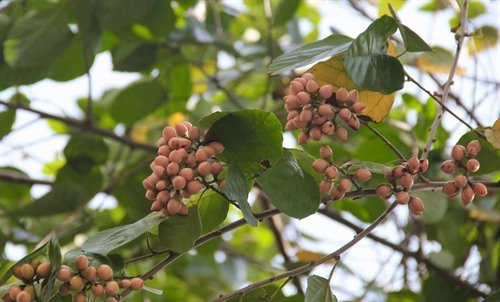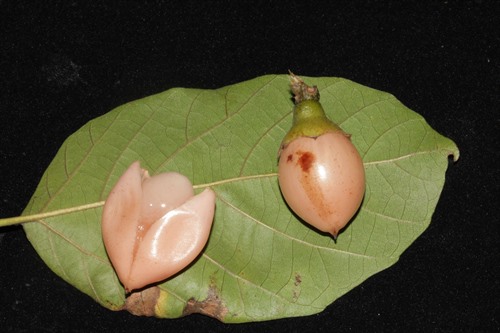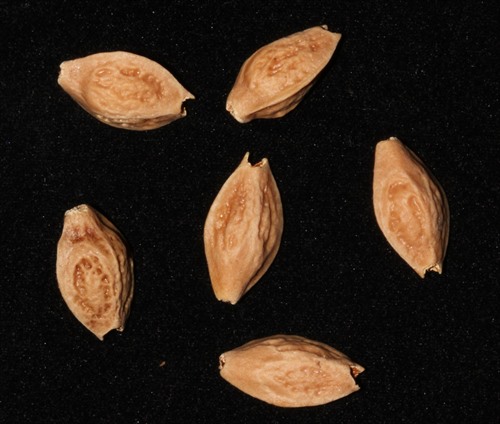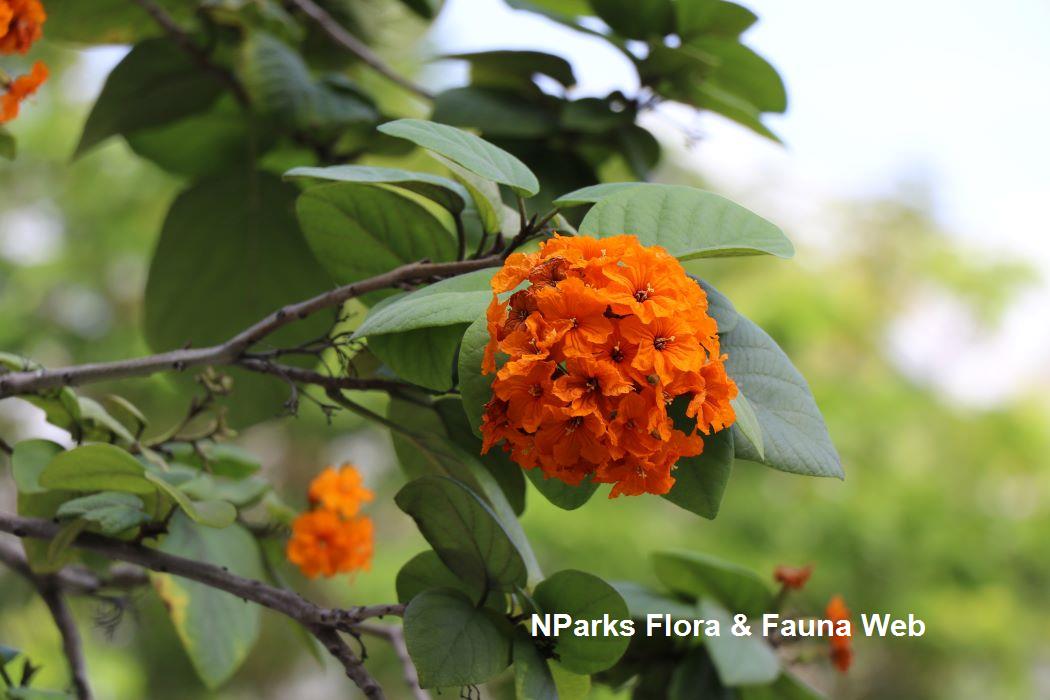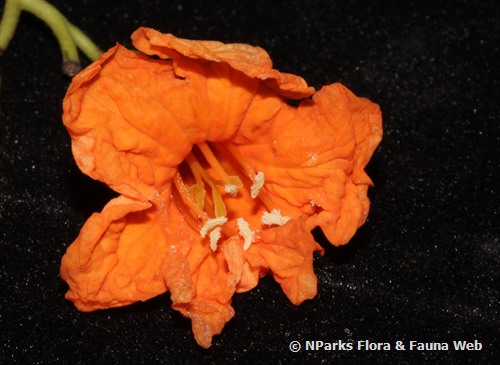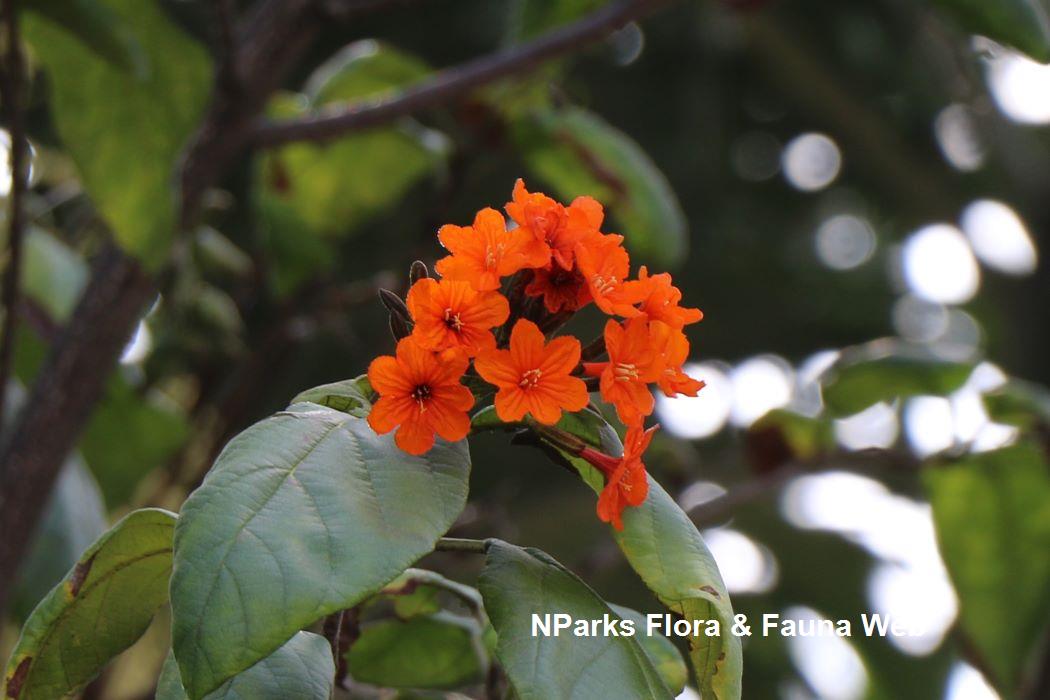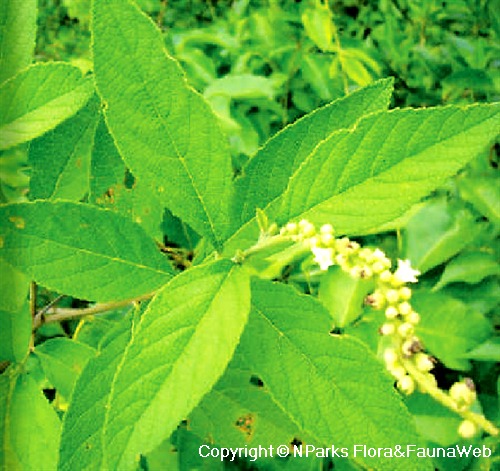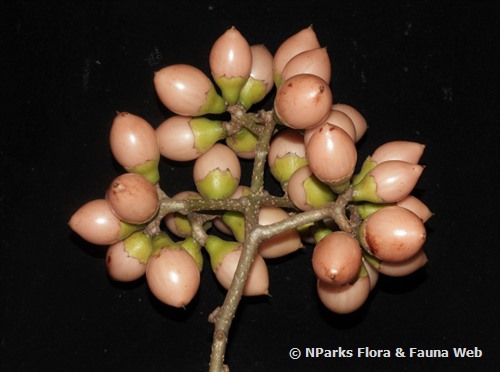
Back
Cordia dichotoma G.Forst.
| Family Name: | Cordiaceae |
| Common Name: | Indian Cherry, Gunda, Buhal, Bird Lime Tree, Nona burung, Petekat, 破布木 |
Name
Classifications and Characteristics
| Plant Growth Form | Tree |
|---|---|
| Mode of Nutrition | Autotrophic |
| Maximum Height | 27 m |
Biogeography
| Native Distribution | India, Pakistan to South China and Japan, through Southeast Asia to Australia, New Caledonia, and the Pacific Islands |
|---|---|
| Native Habitat | Terrestrial |
| Preferred Climate Zone | Tropical |
| Local Conservation Status | Native to Singapore (Presumed Nationally Extinct (NEx)) |
Description and Ethnobotany
| Growth Form | It is a tree or shrub up to 27 m tall, with a conical crown that becomes rounded later. |
|---|---|
| Foliage | Its spirally arranged, long-stalked leaves have papery to slightly leathery leaf blades that are variable in shape, and 2–16 by 1.2–10 cm, with pointed tips. The leaf blades of saplings are strongly toothed along the margins. |
| Flowers | Its flowering shoots are 4–11 cm long, develop from lateral branches, repeatedly dividing into two branches, with 10 to many flowers found at the branch tips. Its flowers are white and 8.5–13 by 8.5 mm. |
| Fruit | Fruits are smooth, shiny white ripening clear pink, egg-shaped, and up to 19 by 10 mm. Each fruit contains a single-seeded stone in sticky, slimy fruit pulp. |
| Habitat | It grows in the landward edge of mangrove forests, and inland forests along rivers, from sea level to about 500 m altitude. |
| Associated Fauna | Its flowers are insect-pollinated. |
| Etymology | Latin cordia, commemorating Euricius Cordus (1486–1535), a German botanist; Latin dichotomus, repeatedly dividing into two branches, referring to the flowering cluster |
| Ethnobotanical Uses | Others: The timber is used in construction. The sticky, slimy fruit pulp is used to make glue. The edible leaves can be converted into plates and cigar-wrappers. The plant is used in various medicinal applications. |
Landscaping Features
| Desirable Plant Features | Ornamental Fruits |
|---|---|
| Landscape Uses | Parks & Gardens, Small Gardens |
Fauna, Pollination and Dispersal
| Fauna Pollination Dispersal Associated Fauna | Bird-Attracting |
|---|
Plant Care and Propagation
| Light Preference | Full Sun |
|---|---|
| Water Preference | Moderate Water |
| Plant Growth Rate | Moderate |
| Rootzone Tolerance | Moist Soils, Well-Drained Soils |
| Propagation Method | Seed |
Foliar
| Mature Foliage Colour(s) | Green |
|---|---|
| Mature Foliage Texture(s) | Papery, Leathery |
Floral (Angiosperm)
| Flower Colour(s) | White |
|---|---|
| Flower Grouping | Cluster / Inflorescence |
Fruit, Seed and Spore
| Mature Fruit Colour(s) | Pink, Yellow / Golden |
|---|---|
| Mature Fruit Texture(s) | Smooth, Glossy / Shiny |
Image Repository
Others
| Master ID | 29540 |
|---|---|
| Species ID | 3849 |
| Flora Disclaimer | The information in this website has been compiled from reliable sources, such as reference works on medicinal plants. It is not a substitute for medical advice or treatment and NParks does not purport to provide any medical advice. Readers should always consult his/her physician before using or consuming a plant for medicinal purposes. |

